HISTORY
A Legacy of Excellence
Established in 1945, Kekirawa Central College stands as a beacon of academic and cultural excellence. Discover the rich history of the first central college in Sri Lanka's North Central Province, inspiring generations since its inception.
Kekirawa Central College stands as a beacon of education in the Rajarata region, with a history spanning over half a century. Its origins trace back to the Kekirawa Baptist Mission Tamil School, a missionary school that played a crucial role in its foundation. A key figure in its establishment was Mr. G.G. Bastian Silva, a dedicated Buddhist who contributed his wealth to build a learning institution that upheld Buddhist values while providing quality education. His efforts led to the creation of Devanampiyatissa College, a Sinhala mixed school, which laid the foundation for what would later become Kekirawa Central College.
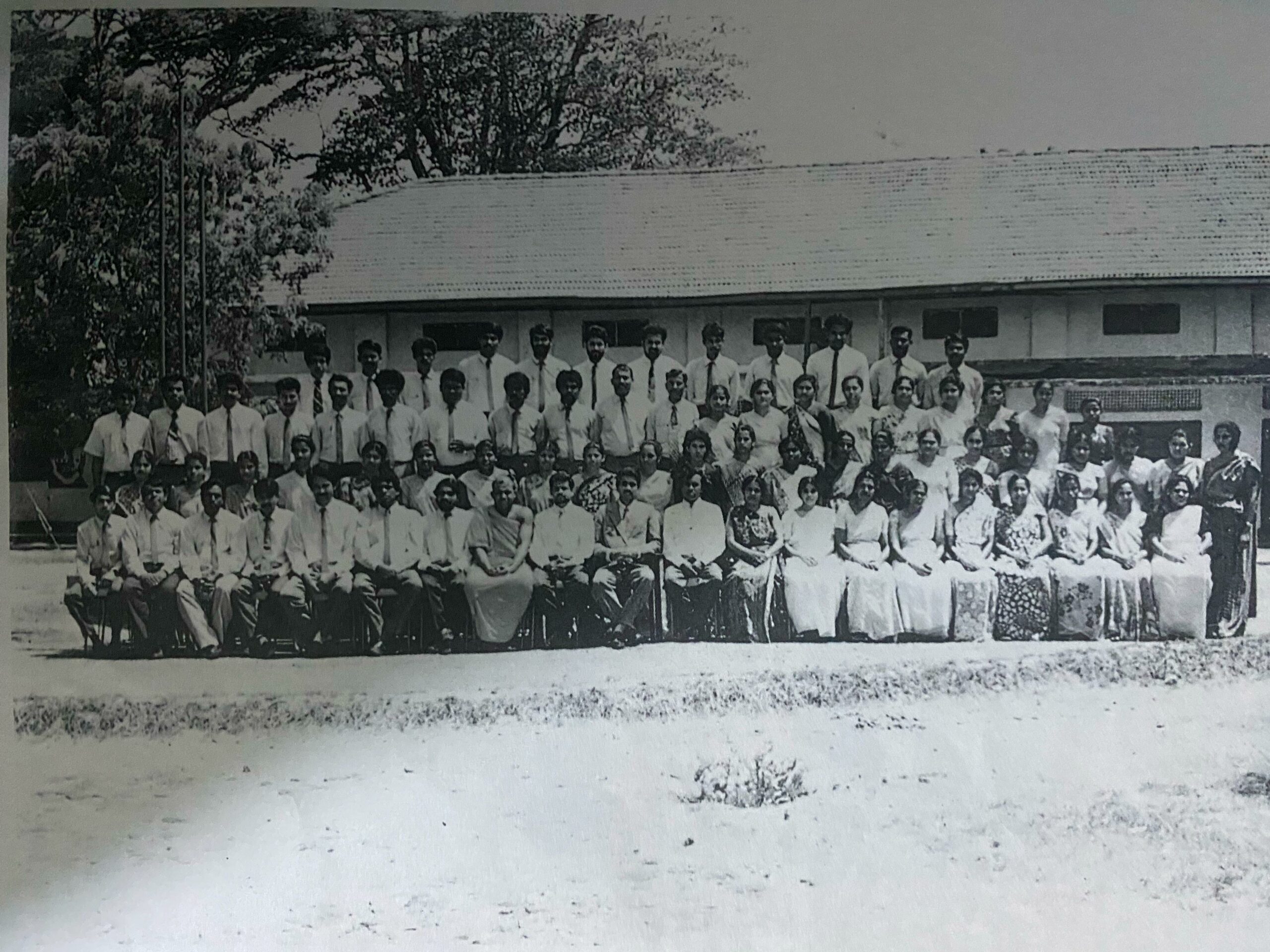
In 1945, the school took a significant step forward by introducing English-medium education. On July 3, 1945, Mr. P.B. Bannahaka was appointed as the first middle school principal, leading a staff of just one other teacher, Mr. Y.A.D. Jayasinghe. At the time, 39 students were enrolled in grades six and above. A few months later, on October 12, 1945, the school was officially opened by Dr. C.W.W. Kannangara, the father of free education, marking the beginning of a new chapter in Sri Lankan education.
By 1951, the school's expansion reached a new milestone when Prime Minister D.S. Senanayake laid the foundation stone for the old main hall, which was later opened by Prime Minister Sir John Kotelawala. Even with minimal facilities, Kekirawa Central College proved to be a breeding ground for excellence. In 1953, the school's students became the first-ever scholarship holders in Sri Lanka. Among them was H.B. Dissanayake, who later became the Governor of the Central Bank, a testament to the school's legacy of producing exceptional individuals.
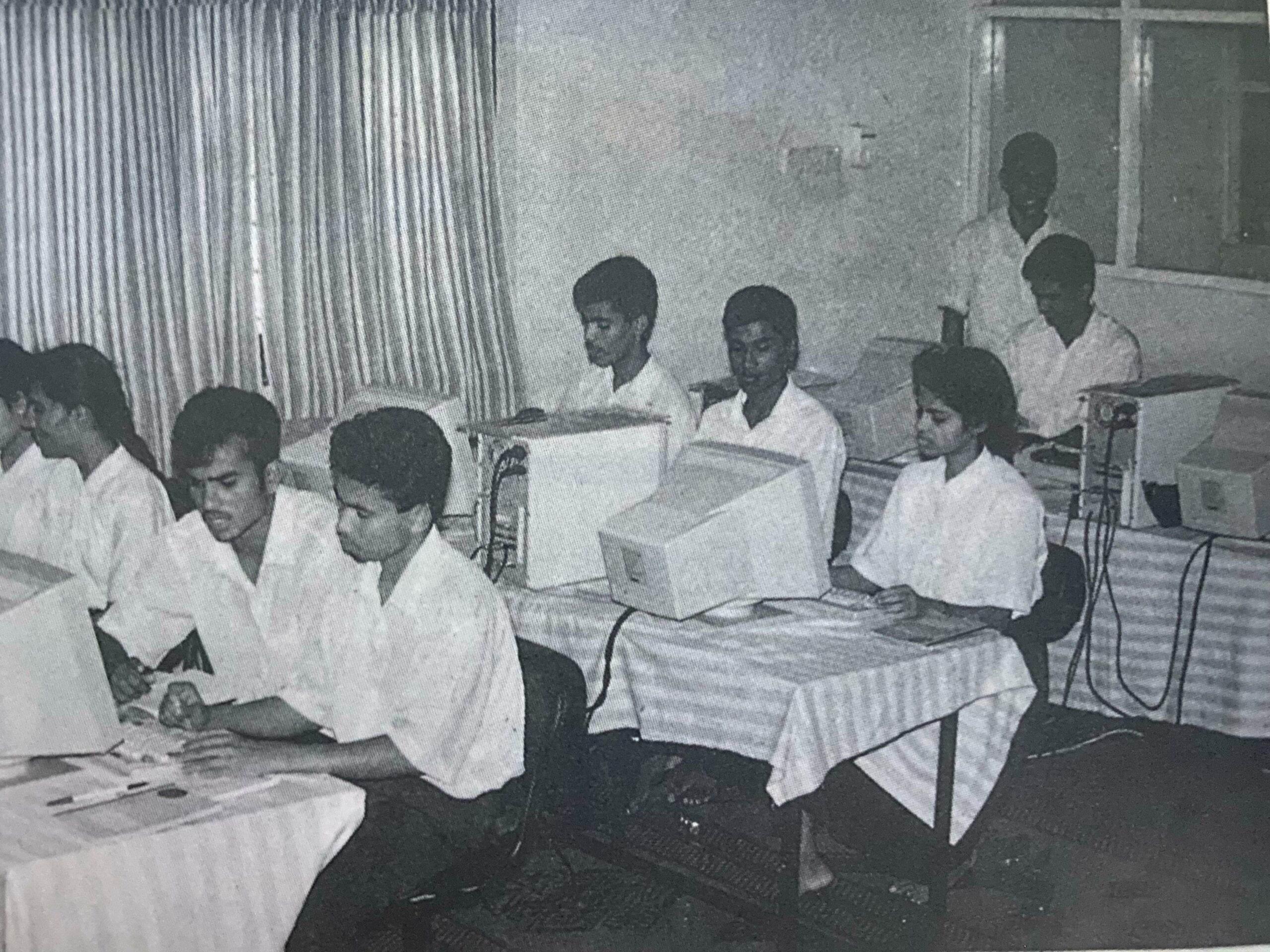
One of the school’s most defining traditions is its uniform policy, which has remained unique to this day. Initially, boys wore white shirts and blue trousers, while girls wore a white gown. However, in 1958, the half saree was introduced as the official uniform for female students. By 1959-1960, the uniform was further structured, with students from Grades 6 to 10 wearing the white gown, while Grades 11 to 13 adopted the half saree. To this day, Kekirawa Central College remains the only school in Sri Lanka where this tradition is still upheld, symbolizing its deep connection to culture and discipline.
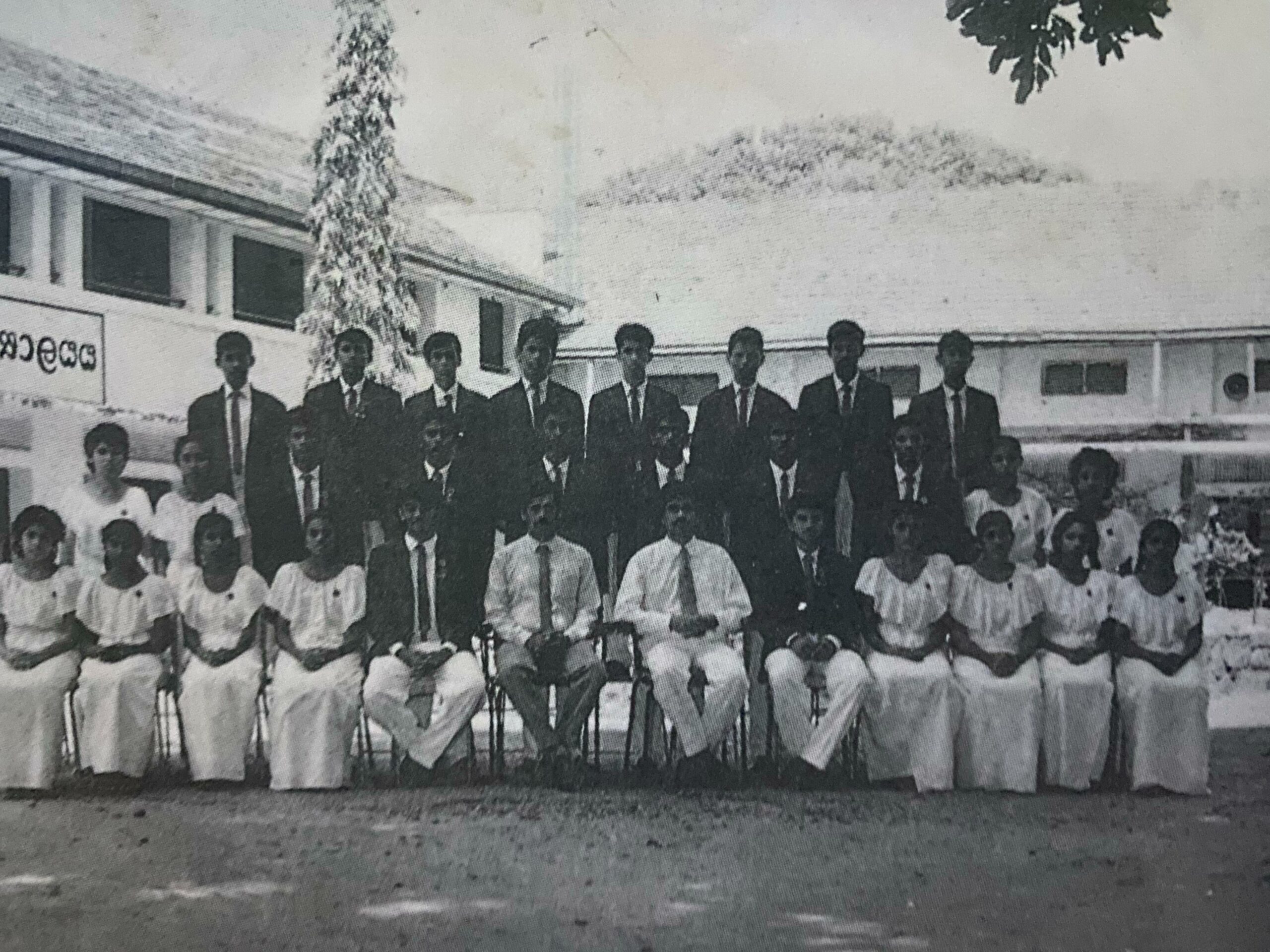
Over the years, the school has overcome challenges and continued to flourish. The dedication of its teachers and students has ensured remarkable achievements across academics, sports, aesthetics, and literature. Kekirawa Central College has produced a wide range of professionals, including university lecturers, doctors, engineers, administrators, security officials, and national leaders, who proudly remember their alma mater. Despite the hardships faced in its early years, the school's unwavering determination allowed it to rise as one of the most respected educational institutions in the region.
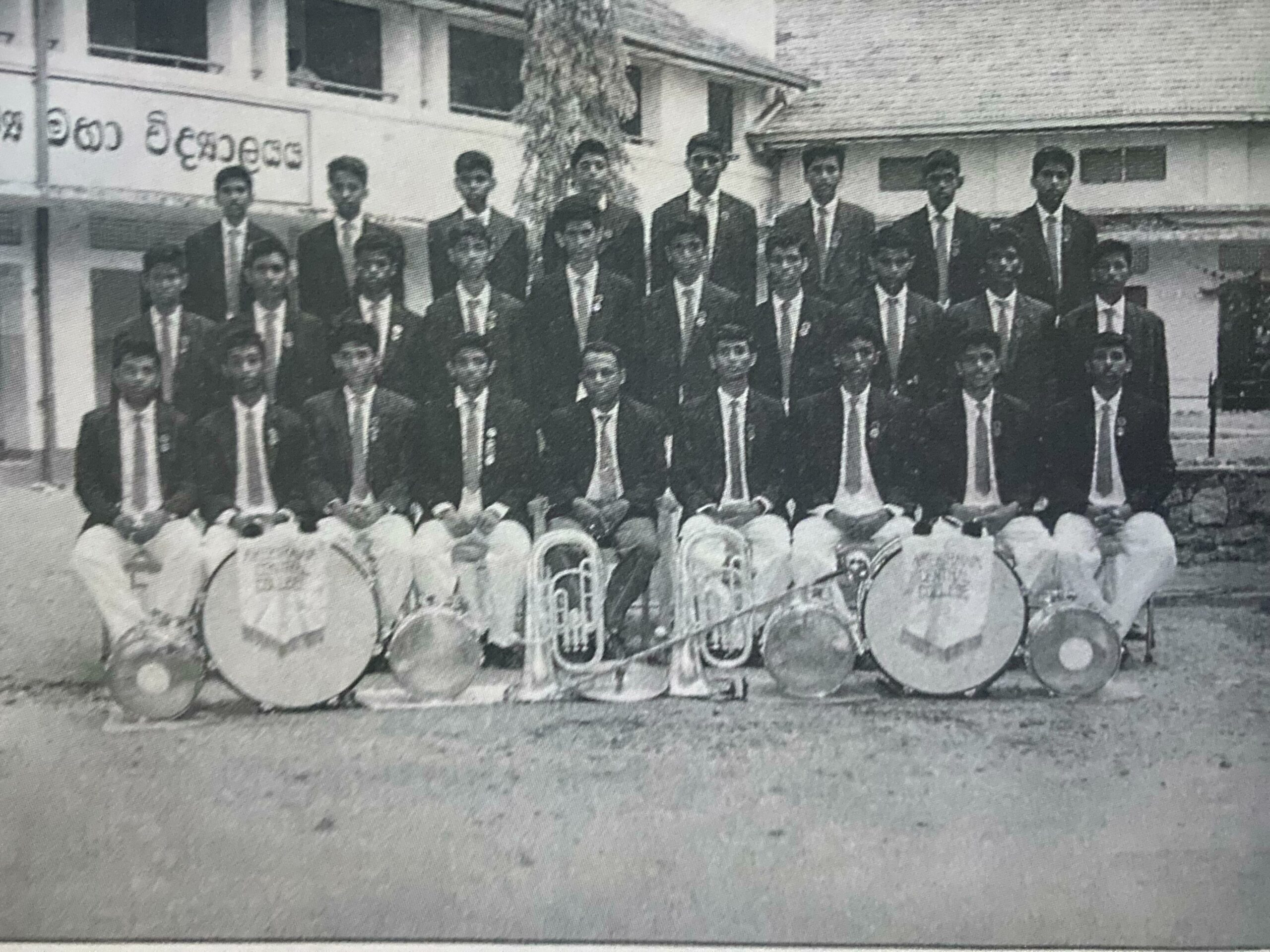
The discipline and leadership instilled in students have also been evident in the school's cadet program. The national cadet corps has played a significant role in shaping students into responsible citizens, providing them with training in teamwork, leadership, and resilience. The school’s cadet platoon, along with its disciplined units, has consistently showcased excellence in various competitions and events over the decades.
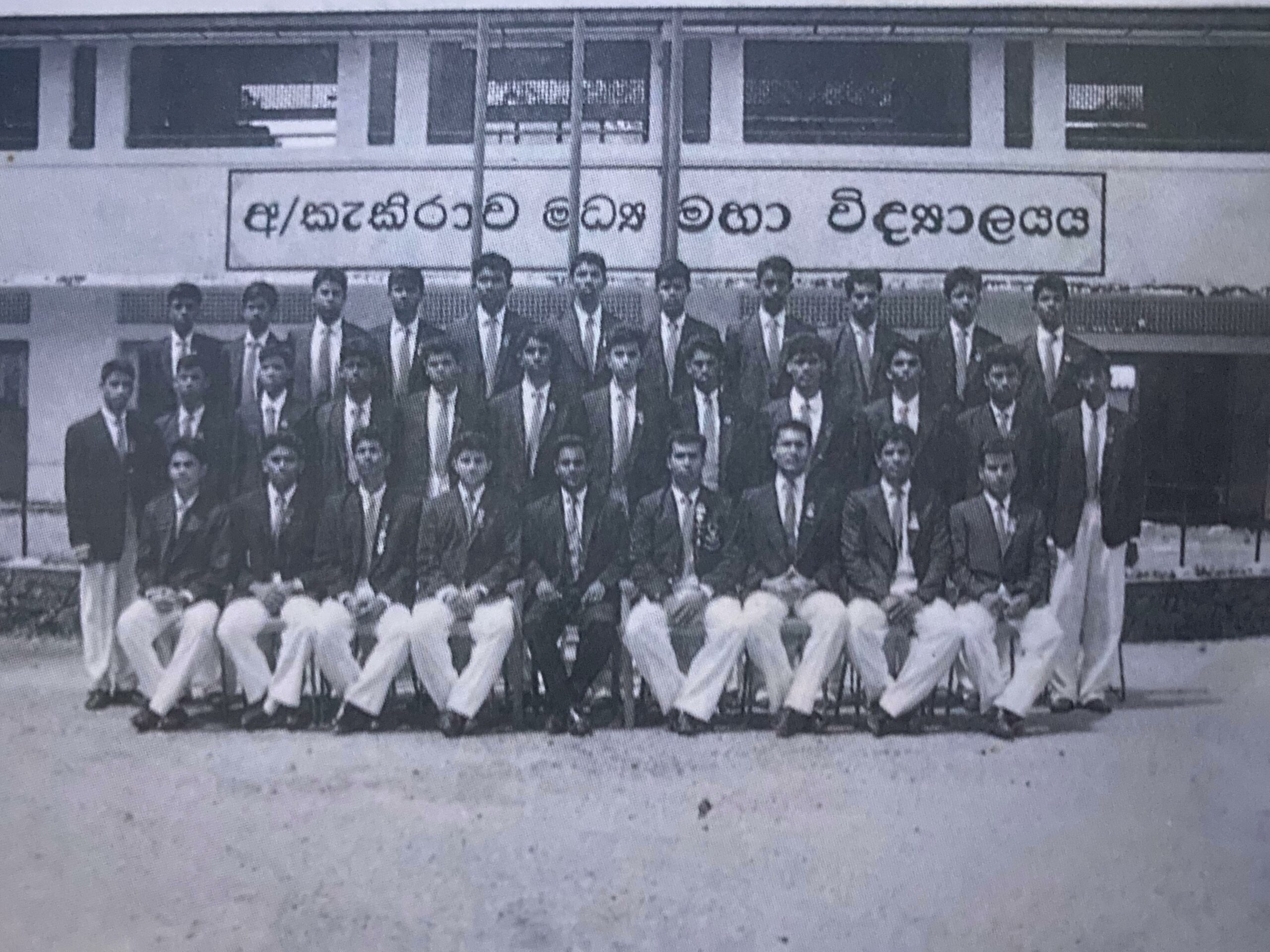
Today, as we celebrate the legacy of Kekirawa Central College, we honor its journey from a humble institution to a beacon of education. The school has not only shaped generations of students but also stood as a symbol of perseverance and excellence. With the continued support of its teachers, students, and alumni, its bright future remains assured.
